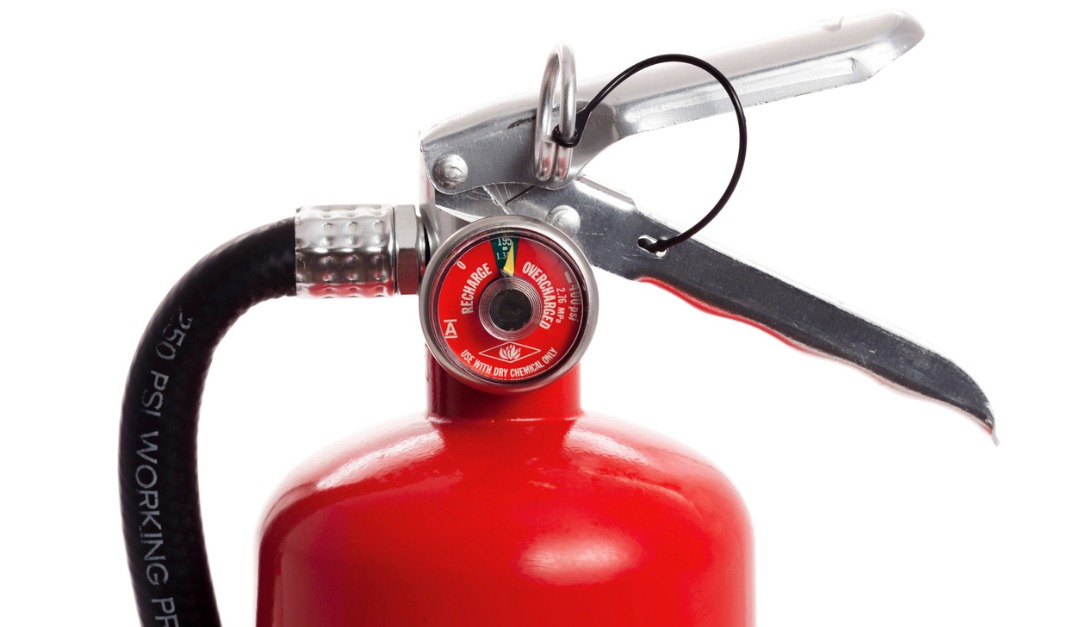
How to Use a Fire Extinguisher
Fire extinguishers can save lives and property, but many people might not know how or when to use the protection devices, according to the U.S. Fire Administration. To help ensure you’re better prepared for a fire emergency, the agency offers the following tips:
Choosing the Right Fire Extinguisher
There are five primary types of fire extinguishers, each designed to put out different kinds of fires:
- Class A. For use with ordinary materials like cloth, wood and paper. Often found in homes and businesses.
- Class B. For use with combustible and flammable liquids like grease, gasoline, oil and oil-based paints. Often found in homes and businesses.
- Class C. For use with electrical equipment like appliances, tools or other equipment that’s plugged in. Often found in homes and businesses.
- Class D. For use with flammable metals. Often found in factories.
- Class K. For use with vegetable oils, animal oils and fats in cooking appliances. Often found in commercial kitchens.
For the home, choose a multipurpose fire extinguisher that covers Class A through Class C for fighting all three types of common house fires. Most home improvement stores carry multipurpose A-B-C models. In addition to fire extinguishers, every household should have working fire alarms and a fire escape plan.
When to Use a Fire Extinguisher
Fire extinguishers are designed for small, confined fires, not large ones that are growing. Before using an extinguisher, make sure the fire is contained in a single object, such as a pan or wastebasket. Alert others in the building that there’s a fire, and have someone call the fire department. Before proceeding, make sure you are physically able to handle the fire extinguisher, safe from the fire’s toxic smoke and have a clear escape route.
To operate a fire extinguisher, remember the acronym PASS:
- Pull the pin. Hold the extinguisher with the nozzle pointing away from you, and release the locking mechanism.
- Aim low. Point the extinguisher at the base of the fire.
- Squeeze the lever slowly and evenly.
- Sweep the nozzle from side-to-side.
If you’re unsure about whether it’s safe to use a fire extinguisher–and for all other fire situations–alert others, leave the building, and call 911 from a mobile or neighbor’s phone. Safety should be the top priority, and it’s essential to follow your instincts and know when to get out. As such, it’s not recommended that children use fire extinguishers.
The Importance of Maintenance
To ensure fire extinguishers are ready in case of an emergency, make sure to regularly check them for the following:
- Easy access in an emergency. Be sure nothing is blocking or limiting your ability to reach the extinguisher.
- The recommended pressure level. Many extinguishers have gauges that show when pressure is too high or too low.
- Working parts. Make sure the can, hoses and nozzles aren’t damaged, dented or rusted.
- Remove any dust, oil or grease that might be on the outside of the extinguisher.
- Guidelines and instructions. Some extinguishers need to be shaken monthly, while others need to be pressure tested every few years.
If you would like fire extinguisher training or have any questions, contact your local fire department.

